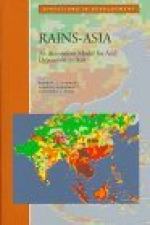|
This section contains 2,802 words (approx. 10 pages at 300 words per page) |

|
"Acid rain" is a popular term that can include all forms of precipitation (as well as fog and cloudwater) that is more acidic than expected from natural causes. Measurement of precipitation acidity at several remote sites around the world show natural background levels of acidity to be around pH of 5.1 to 5.2 (8 to 6 ueq/l H + or hydrogen in concentration, respectively). This compares with present annual average values of pH 4.3 to 4.4 (50 to 40 ueq/l H +) for most of the northeastern and midwestern United States. Note that as pH decreases, H + concentration or acidity increases exponentially. Individual storms, especially in the summer, can often produce pH values below 3.5 (>300 ueq/l H +). Cloudwater and fog often show even higher concentrations of acidity and this has major implications for high-elevation ecosystems such as mountain forests and water bodies. A more appropriate term than acid rain is "acid deposition," which includes...
|
This section contains 2,802 words (approx. 10 pages at 300 words per page) |

|


